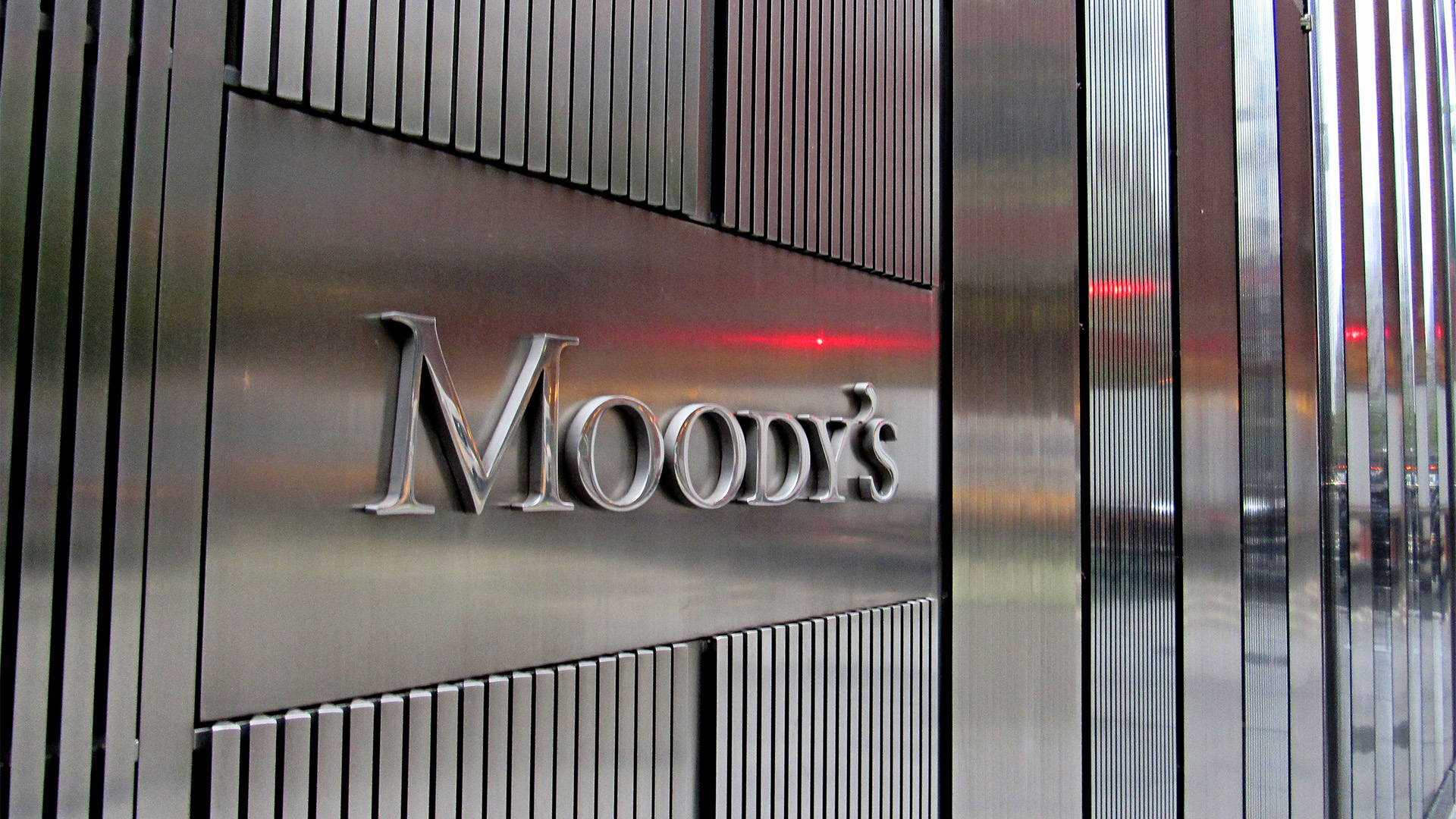Moody’s might be the only major rating group to keep America’s credit standing at AAA after Fitch’s cut last week to AA+, but that doesn’t mean Moody’s isn’t casting a sceptical eye over the ratings of America’s banks.
On Monday night, Moody’s made it clear it didn’t like what it found.
As a result, Moody’s surprised by downgrading the credit ratings or changing the outlook on the ratings of more than two dozen US banks. In doing so, it sent ripples of concern across the US financial system.
The announcements from Moody’s came too late for US trading, especially in bank shares and bonds, so any fallout won’t be felt to Tuesday morning trading in Europe and then the US.
Moody’s cut the ratings of 10 banks by one notch and placed some banking giants (such as BNY Mellon and State Street) on review for potential downgrades.
The agency also changed its outlook to negative for several major lenders. In total, it changed the assessments for 27 banks in the sector.
The downgraded banks include M&T Bank, Pinnacle Financial Partners, Prosperity Bank and BOK Financial Corp, while banks placed on review for downgrade include majors, BNY Mellon, US Bancorp, State Street and Truist Financial.
“Many banks’ Q2 results showed growing profitability pressures that will reduce their ability to generate internal capital,” Moody’s wrote in a note announcing the re-ratings.
“This comes as a mild recession looms,” and banks contend with greater risks from interest rates and managing their assets and liabilities, the ratings agency added.
The catalyst for the changes has been a long look at the financial strength of US banks in the wake of the collapse of Silicon Valley Bank and Signature Bank earlier this year.
That lead to a run on deposits at a host of regional banks despite authorities launching emergency measures to shore up confidence. US banking data last week showed that a clutch of banks still depend on help from regulators.
Moody’s put a “negative” outlook on the ratings of 11 lenders including PNC Financial Services Group, Capital One Financial Corp, Citizens Financial Group Inc, Fifth Third Bancorp, Regions Financial Corp., Ally Financial Inc., Bank OZK and Huntington Bancshares Inc.
“Rising funding costs and declining income metrics will erode profitability, the first buffer against losses,” Moody’s wrote in a separate note explaining the moves. “Asset risk is rising, in particular for small and mid-size banks with large CRE (commercial real estate) exposures.”
Moody’s said elevated CRE exposures are a key risk due to high interest rates, declines in office demand as a result of remote work, and a reduction in the availability of CRE credit.
While some banks have curbed loan growth (which preserves capital), Moody’s pointed out that that slows the shift in their loan mix toward higher-yielding (more profitable) assets.
Banks that depend on more concentrated or higher levels of uninsured deposits are more exposed to these pressures, especially banks with high levels of fixed-rate securities and loans.
Moody’s cautioned that banks with sizeable unrealised losses that are not reflected in their regulatory capital ratios are vulnerable to a loss of confidence in the current high-rate environment.














